Metallic material
Innovation | Professionalism
Integrity | Efficiency
Metallic material
Innovation | Professionalism
Integrity | Efficiency
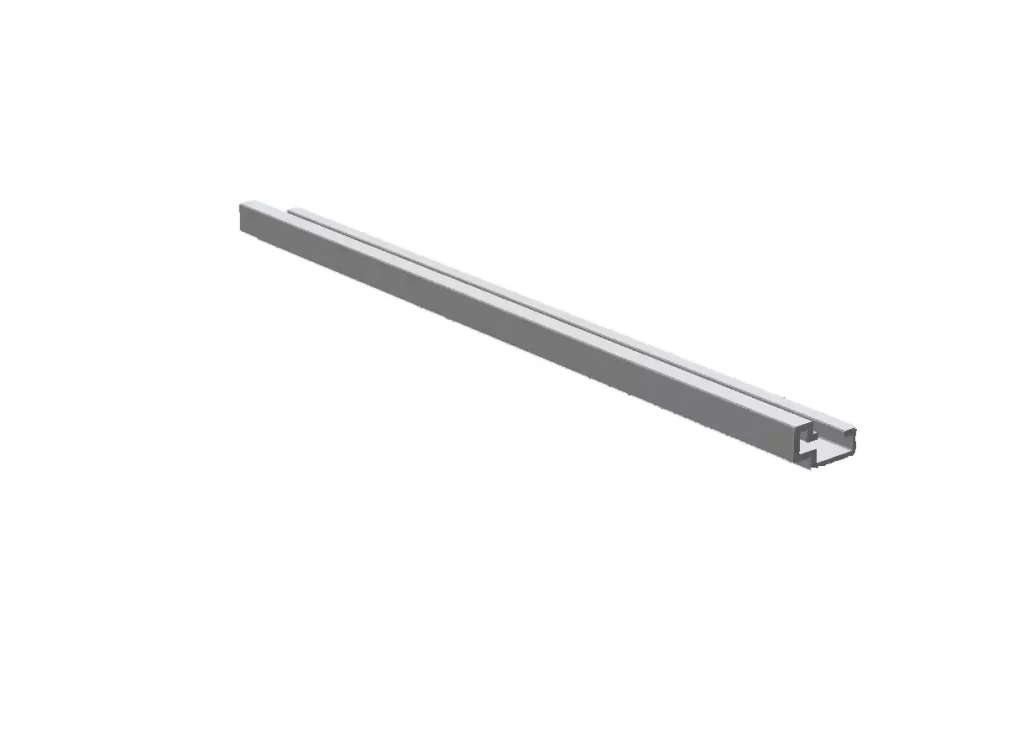
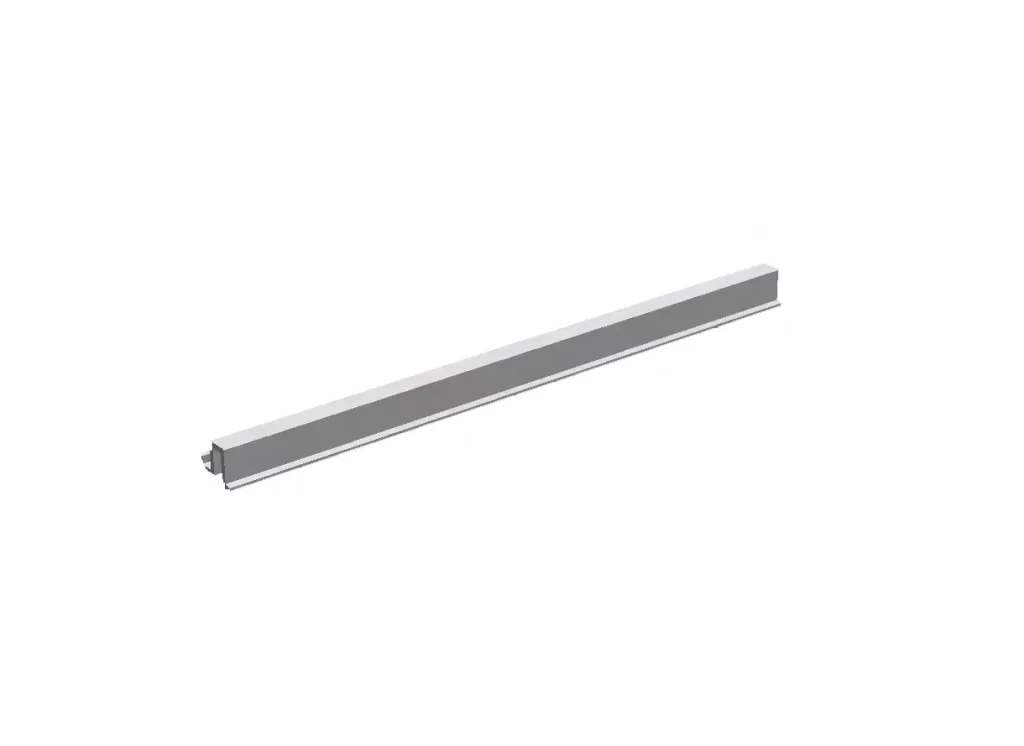
The fore-aft track, also known as the sliding track, allows the seat to move forward or backward along a set of rails. This adjustment is crucial for ensuring that the driver or passenger can reach the pedals comfortably and safely.
The height adjuster track, as the name suggests, allows the seat to be raised or lowered. This adjustment is important for ensuring that the driver or passenger has a clear view of the road and can reach the steering wheel comfortably.
Low carbon steel can be strengthened by adding microalloying elements such as niobium, titanium, and vanadium either alone or in combination. These elements combine to form carbonitride particles, which precipitate and enhance the strength of the steel. Moreover, the additions alloy of micro leads to the refinement of grain size, thereby further improving the strength of the steel. Additionally, this type of steel is highly weldable. The microstructure of this steel consists of mainly ferrite with a small amount of carbide.
| Grade | YS(MPa) | TS(MPa) | EL(%) |
| HC800LA | ≥800 | 850-1000 | ≥8% |
Grade: HC800LA
C(max): 0.14
Mn(max): 2.0
Si(max): 0.6
Our company: Hengqiao(Shanghai) International Trading Limited
The company's main business is general GMW standard, Fiat EFE standard, Volvo VDA standard, Nissan NEN standard, Volkswagen VW50065, Ford WSS-M and other standard series of automotive steel.
Looking forward to your inquiry!
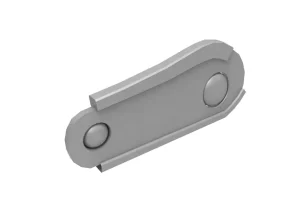
Dual-phase steel is a highly sought-after material for automotive structural components, owing to its unique microstructure consisting primarily of ferrite and martensite. The martensite structure is distributed in the form of islands within the ferrite matrix. This material is characterized by a low yield ratio, a high work hardening index, and an excellent bake hardening value.
| Grade | YS(MPa) | TS(MPa) | EL(%) | r | n | BH2(MPa) |
| HC550/980DP | 550-720 | ≥980 | ≥9% | - | - | - |
Grade: HC550/980DP
C(max): 0.23
Mn(max): 3
Si(max): 1
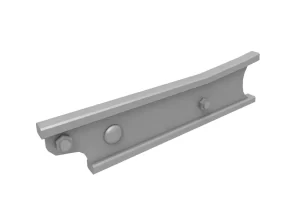
Based on martensite, it also contains a certain amount of ferrite and about 8%-12% retained austenite. Utilize the transformation-induced plasticity effect of retained austenite during deformation to obtain higher work hardening performance and elongation level. Compared with high-strength steel of the same strength level, Quench & Partitioning (Q&P) steel has better plasticity and formability.
| Grade | YS(MPa) | TS(MPa) | EL(%) | r | n | BH2(MPa) |
| HC600/980QP | 600-850 | ≥980 | ≥15% | - | - | - |
Grade: HC600/980QP
C(max): 0.25
Mn(max): 3
Si(max): 2.5
Our company: Hengqiao(Shanghai) International Trading Limited
The company's main business is general GMW standard, Fiat EFE standard, Volvo VDA standard, Nissan NEN standard, Volkswagen VW50065, Ford WSS-M and other standard series of automotive steel.
Looking forward to your inquiry!
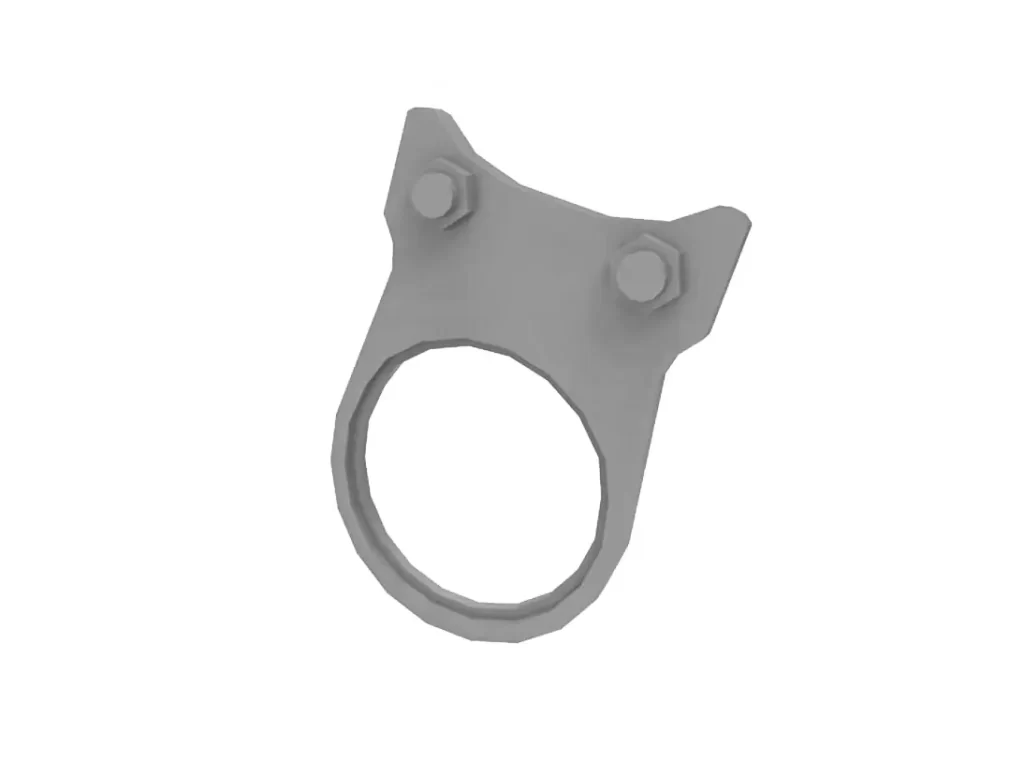
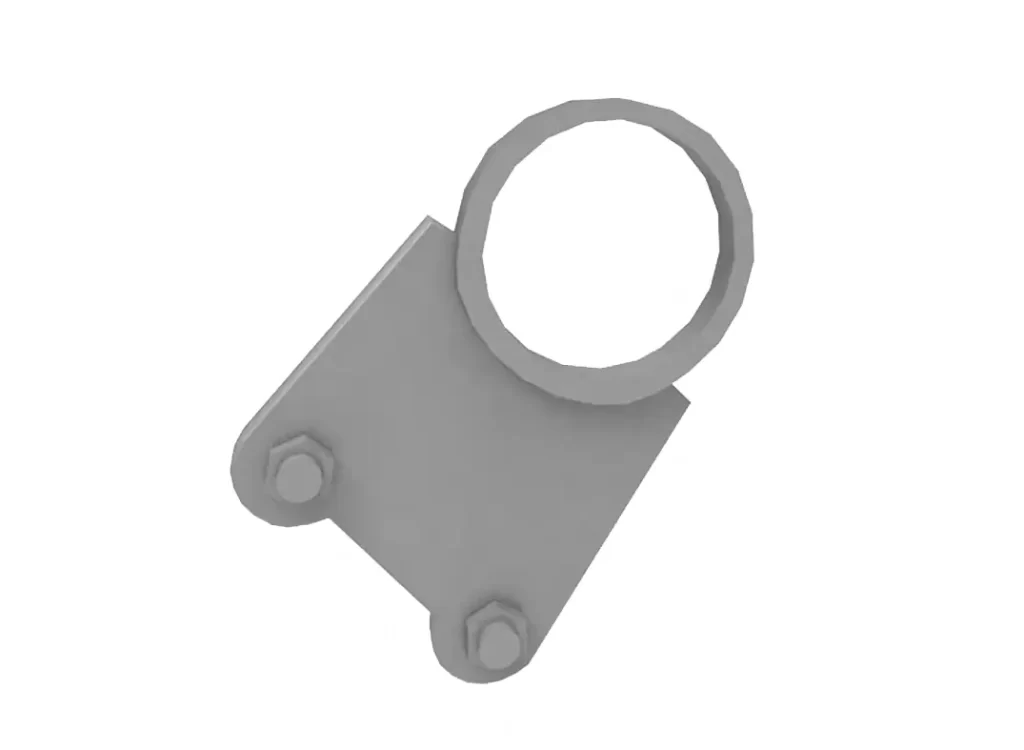
The microstructure is mainly ferrite and martensite, and the martensite structure is dispersed in the ferrite matrix in the form of islands. Due to its low yield ratio, high work hardening index and bake hardening value, dual phase steel is one of the preferred materials for automotive structural parts.
| Grade | YS(MPa) | TS(MPa) | EL(%) | r | n | BH2(MPa) |
| HC550/980DP | 550-720 | ≥980 | ≥9% | - | - | - |
Grade: HC550/980DP
C(max): 0.23
Mn(max): 3
Si(max): 1
Our company: Hengqiao(Shanghai) International Trading Limited
The company's main business is general GMW standard, Fiat EFE standard, Volvo VDA standard, Nissan NEN standard, Volkswagen VW50065, Ford WSS-M and other standard series of automotive steel.
Looking forward to your inquiry!
The headrest frame is the structure used to support the headrest on the car seat, usually made of metal materials. It mainly consists of two parts: the headrest support rod and the headrest support plate. The headrest support rod is fixed on the frame of the seat back, and the headrest support plate is connected with the headrest.
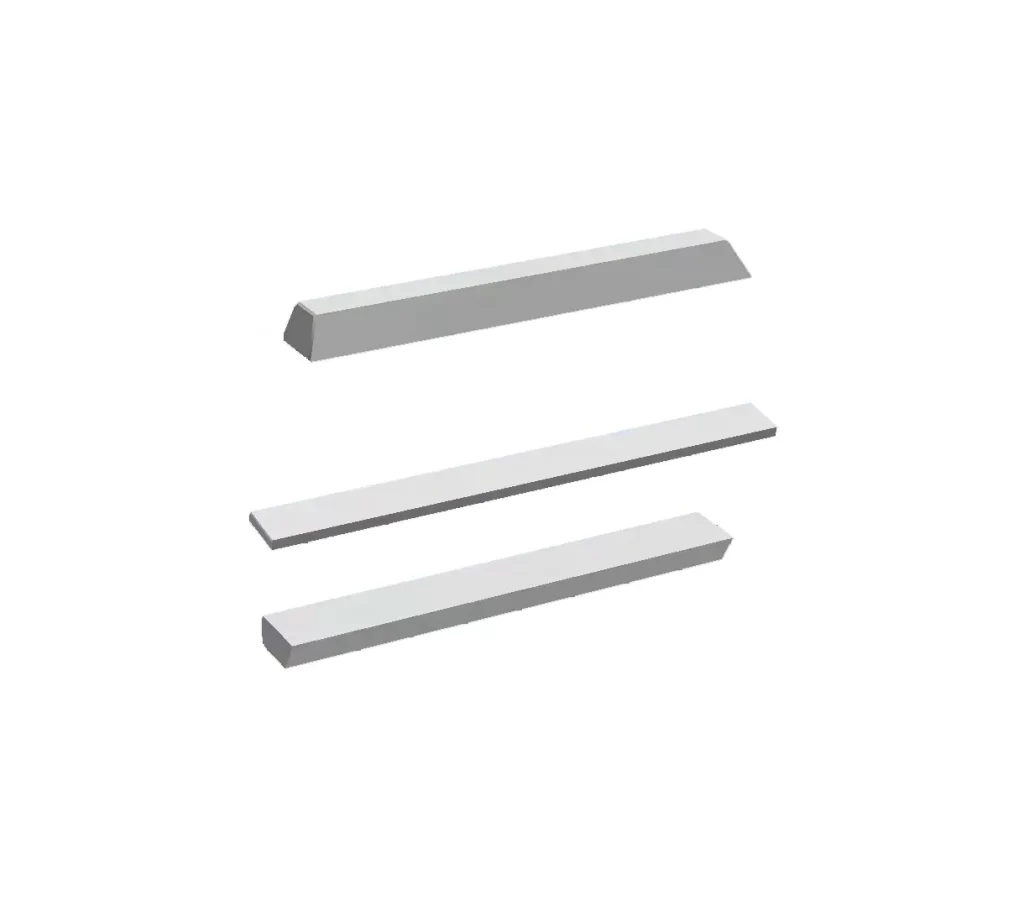
Dual phase steel is a favored material for automotive structural components due to its low yield ratio, high work hardening index, and bake hardening value. Its microstructure primarily consists of ferrite and martensite, where the martensite structure exists in the form of small is dispersed throughout the ferrite matrix.
| Grade | YS(MPa) | TS(MPa) | EL(%) | r | n | BH2(MPa) |
| HC550/980DP | 550-720 | ≥980 | ≥9% | - | - | - |
Grade: HC550/980DP
C(max): 0.23
Mn(max): 3
Si(max): 1
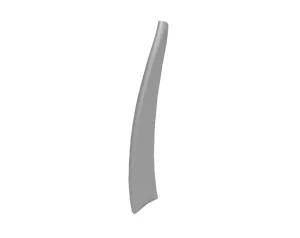
Quench & Partitioning (Q&P) steel contains martensite, as well as a proportion of ferrite and approximately 8%-12% retained austenite. The presence of retained austenite enables the transformation-induced plasticity effect during deformation, leading to superior work hardening performance and elongation compared to high-strength steel of equivalent strength. As a result, Quench & Partitioning (Q&P) steelexhibits better formability and plasticity.
| Grade | YS(MPa) | TS(MPa) | EL(%) | r | n | BH2(MPa) |
| HC600/980QP | 600-850 | ≥980 | ≥15% | - | - | - |
Grade: HC600/980QP
C(max): 0.25
Mn(max): 3
Si(max): 2.5
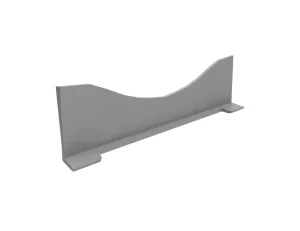
The combination of low yield ratio, high work hardening index, and bake hardening value make dual phase steel a popular choice for structural components in the automotive industry. Its microstructure is mainly comprised of ferrite and martensite, with the latter existing as islands dispersed throughout the ferrite matrix.
| Grade | YS(MPa) | TS(MPa) | EL(%) | r | n | BH2(MPa) |
| HC550/980DP | 550-720 | ≥980 | ≥9% | - | - | - |
Grade: HC550/980DP
C(max): 0.23
Mn(max): 3
Si(max): 1
Our company: Hengqiao(Shanghai) International Trading Limited
The company's main business is general GMW standard, Fiat EFE standard, Volvo VDA standard, Nissan NEN standard, Volkswagen VW50065, Ford WSS-M and other standard series of automotive steel.
Looking forward to your inquiry!
Bake-hardening steel is a high-strength steel produced by heat treatment. It is a low-alloy steel whose chemical composition is similar to ordinary carbon steel, but a small amount of alloying elements such as chromium, molybdenum and nickel are added during the manufacturing process. The main characteristics of bake-hardening steel are its very high strength and excellent toughness combined with good weldability and machinability.
The process of making bake-hardening steel usually involves two steps. The first step is to heat the steel to a high temperature and then cool it rapidly to form an austenitic structure. The second step is reheating at moderate temperatures to form a hardened martensitic structure that increases the strength and hardness of the steel. This process is often referred to as bake hardening or tempering.
Bake-hardening steels are commonly used in automotive manufacturing, especially in the manufacture of body and chassis components. It can reduce the weight and increase the strength of the car body, thereby improving the fuel efficiency and safety performance of the car.
Bake-hardening steel offers the following advantages:
HIGH STRENGTH: Bake-hardening steel has a higher yield and tensile strength than conventional steel, so it can withstand greater forces and loads.
Good Toughness: Bake-hardening steel has excellent toughness and ductility, so it can absorb more energy in the event of a collision or impact, thereby improving the safety performance of the car.
Lightweight: Bake-hardened steel is lighter than traditional steel, so it can reduce the weight of the car, reduce fuel consumption and improve fuel efficiency.
Good Machinability: Bake-hardening steels can be easily machined and formed, so parts can be manufactured in a variety of shapes and sizes.
The process of bake hardening steel involves several steps, including:
Steel Composition: The first step is to create a steel composition with the appropriate amount of carbon and alloying elements such as manganese, chromium, and silicon. These elements affect the final properties of the steel, such as strength, ductility, and formability.
Cold Rolling: The steel is then cold rolled to achieve the desired thickness and mechanical properties. This process can increase the strength and hardness of the steel, but also reduce its ductility and formability.
Annealing: After cold rolling, the steel is annealed at a high temperature to relieve stress and restore its ductility and formability.
Electrocoating: The steel is then coated with an electrocoat primer to protect it from corrosion during subsequent processing steps.
Baking: The steel is baked at a specific temperature for a predetermined time to induce the precipitation of carbon atoms from solid solution, causing the formation of carbon-enriched regions in the steel. This process is known as strain aging, and it increases the strength and hardness of the steel.
Forming: Finally, the steel is formed into the desired shape, such as car body parts or chassis components. During this process, the steel undergoes additional deformation, which can further increase its strength and hardness.
Welding of bake-hardened steels (BH steels) requires careful consideration of the welding process and conditions in order to maintain the desired properties of the steel. BH steels have increased strength and hardness due to the bake hardening process, which affects the weldability of the material.
An important factor to consider is the welding heat input, which should be controlled to prevent overheating and softening of the steel. High heat input causes the steel to lose strength and hardness, reducing its resistance to dents and deformation.
Another consideration is the choice of welding method. In general, BH steels are best welded using low heat input methods, such as resistance spot welding or laser welding, to minimize the heat-affected zone and preserve the properties of the steel. However, other welding methods, such as gas metal arc welding (GMAW) or shielded metal arc welding (SMAW), can also be used with appropriate welding parameters and techniques.
In addition, preheating and post-weld heat treatment may be required to reduce weld stresses and maintain steel properties. Preheating slows the cooling rate of the weld, minimizing the potential for cracking, while post-weld heat treatment helps restore the steel's strength and hardness.
Bake-hardening steels are commonly used in automotive components. The steel is typically high-strength and malleable, and is used to make the body, chassis and other structural components in the manufacture of cars. Compared with ordinary carbon steel, bake-hardening steel can be heat-treated at high temperature to achieve higher strength and hardness, while maintaining good ductility, making automotive parts more durable and safe. The manufacturing process of bake-hardening steel is relatively complicated, but due to its excellent properties, it is widely used in the automotive industry.
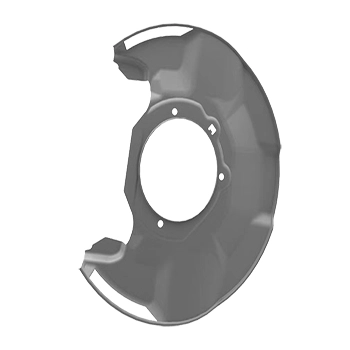
Brake disc, also known as a brake rotor, is a crucial component of a disc brake system in a vehicle. It is a round flat metal disc that is attached to the wheel hub and rotates with the wheel. When the brake pedal is pressed, the brake pads are pressed against the surface of the brake disc to create friction, which slows down or stops the rotation of the wheel.They come in different shapes, sizes, and designs, depending on the vehicle's make and model, as well as the driving conditions and performance requirements.
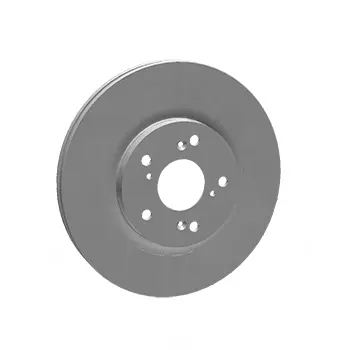
Brake pads are a key component of a disc brake system in a vehicle. They are flat, rectangular-shaped pieces that are pressed against the brake disc to create friction and slow down or stop the rotation of the wheel.
When the brake pedal is pressed, hydraulic pressure is applied to the brake caliper, which in turn pushes the brake pads against the surface of the brake disc. This creates friction, which converts the kinetic energy of the moving vehicle into heat energy, slowing down the vehicle.
This steel is primarily composed of a bainitic and/or ferritic structure, often including small amounts of martensitic, retained austenitic, and pearlitic structures. Its grain structure is fine, and it boasts high tensile strength. Its yield strength is notably higher than that of dual-phase steel with equivalent tensile strength, and it exhibits superior bending and hole expansion performance. This steel can effectively absorb energy and exhibit high residual strain capacity.
This material is utilized in the construction of various components such as the chassis suspension, B-pillars, bumpers, and seat slide rails.
Our company: Hengqiao(Shanghai) International Trading Limited
The company's main business is general GMW standard, Fiat EFE standard, Volvo VDA standard, Nissan NEN standard, Volkswagen VW50065, Ford WSS-M and other standard series of automotive steel.
Looking forward to your inquiry!
The steering tube column fixing plate is a part used in automobile manufacturing, which is usually used to fix the connection between the steering tube and the steering column. This part is usually made of steel to ensure it has enough strength and durability to withstand the stress and vibrations in the steering system.
The main function of the steering tube column fixing plate is to tightly fix the steering tube and the steering column together to ensure the stability and reliability of the steering system when the vehicle is running. This part is usually installed in the area between the front chassis of the vehicle and the dashboard.
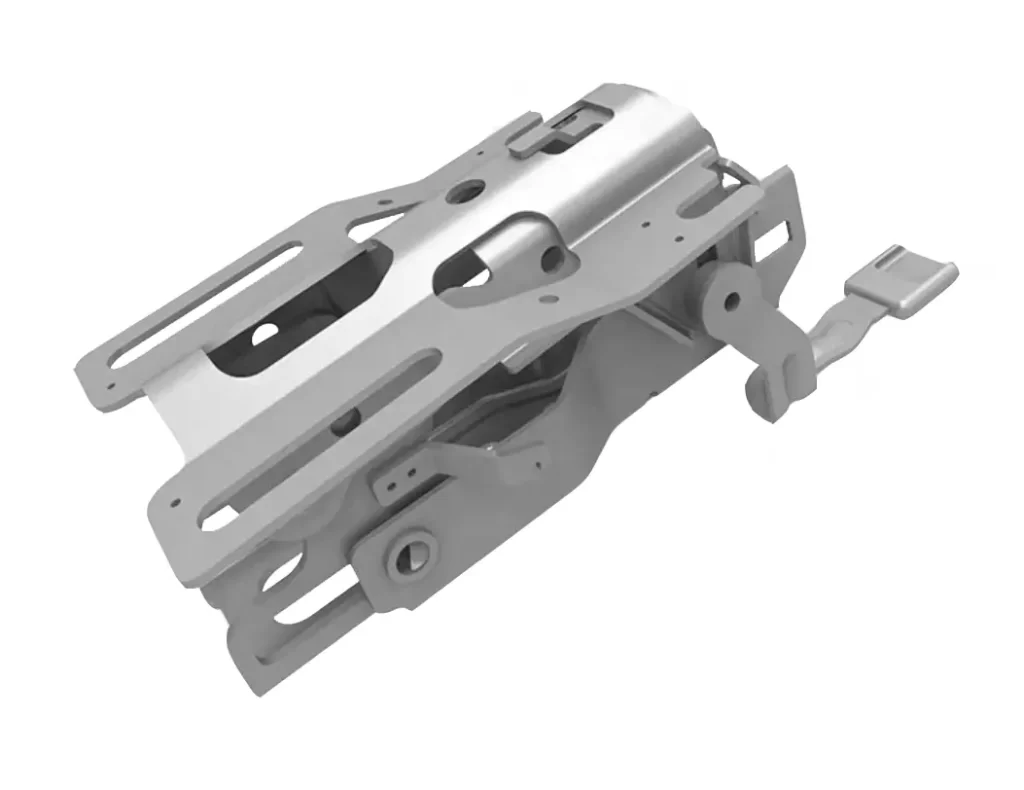
High-strength low-alloy steel is a type of steel that is strengthened by the addition of microalloying elements such as niobium, titanium, and vanadium to low-carbon steel. These elements form carbon and nitrogen compound precipitates, which result in a structure consisting of ferrite and a small amount of carbide. This type of steel has a high strength-to-weight ratio, excellent weldability, and high strength properties.
Our company: Hengqiao(Shanghai) International Trading Limited
The company's main business is general GMW standard, Fiat EFE standard, Volvo VDA standard, Nissan NEN standard, Volkswagen VW50065, Ford WSS-M and other standard series of automotive steel.
Looking forward to your inquiry!
The front subframe is a structural component in a vehicle that supports the engine, suspension, and steering components. It is usually located at the front of the vehicle, and it is designed to withstand the weight and forces generated by the engine and other vehicle components. The front subframe is typically made of steel or aluminum, and it is attached to the vehicle's chassis using bolts or other fasteners. Its main function is to provide a solid mounting point for the engine and suspension, as well as to absorb impact forces in the event of a collision.
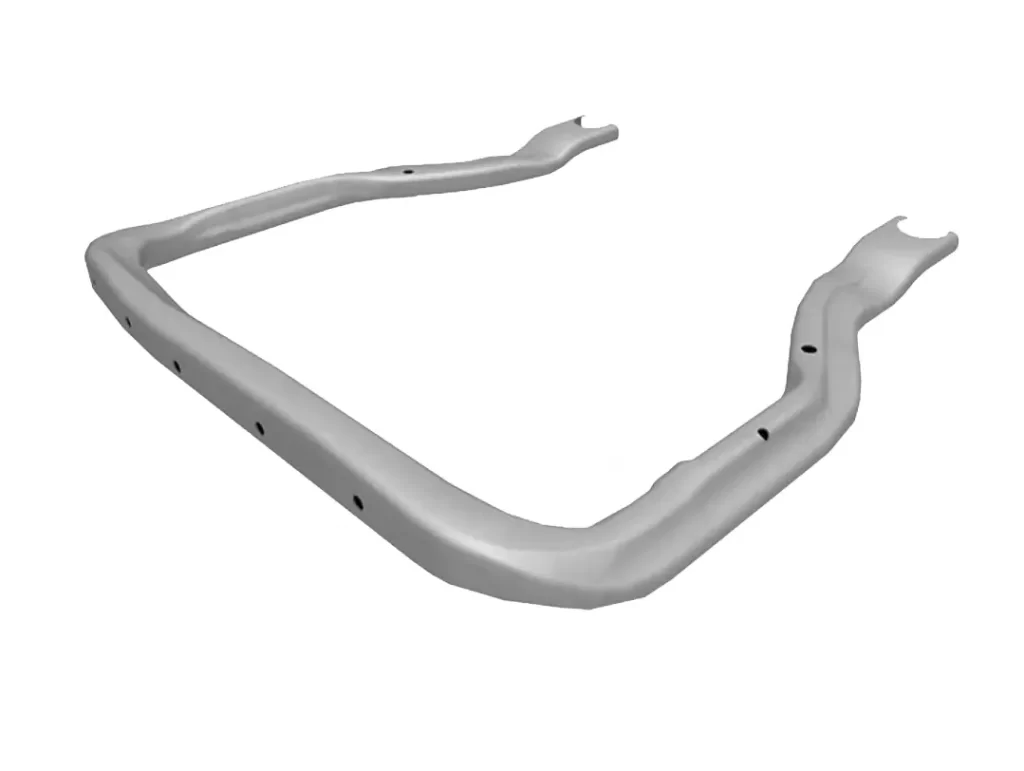
Carbon structure high-strength steel obtains high strength by adding alloy trace elements such as Si and Mn, mainly through solid solution strengthening. The main structure is ferrite + pearlite.
The rear torsion beam, also known as rear torsion bar or twist beam axle, is a type of suspension system used in the rear of some vehicles. It is a solid beam that connects the rear wheels and serves as a pivot point for the suspension movement. The beam is usually made of steel and has a twisted shape, hence the name "torsion beam". The twist in the beam allows it to absorb the vertical movements of the rear wheels and provide a smoother ride for the passengers.
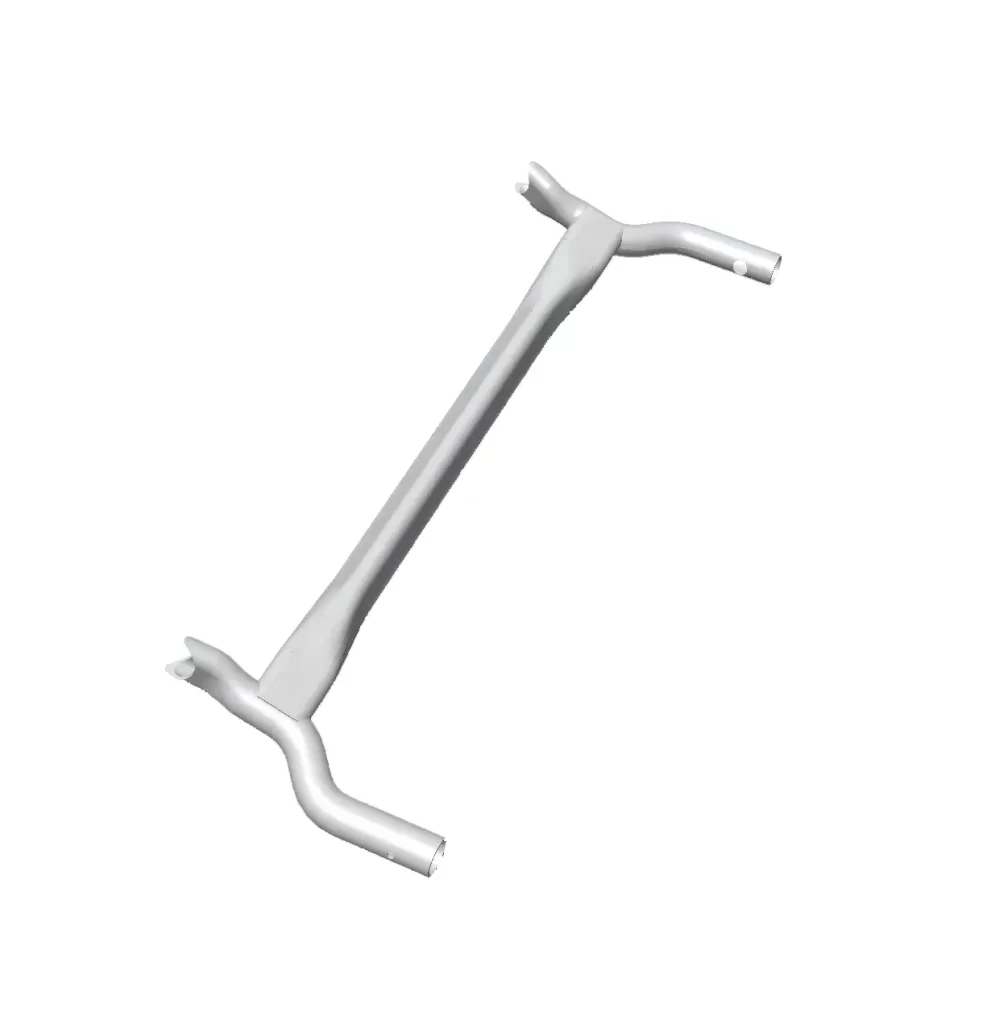
High-strength low-alloy (HSLA) steel is a type of steel that is strengthened by adding small amounts of microalloying elements such as niobium, titanium, and vanadium to low-carbon steel. The addition of these elements forms carbon and nitrogen compound precipitates, resulting in a microstructure of ferrite and a small amount of carbide. This steel has a high strength-to-weight ratio, providing both high strength and good welding properties.
Our company: Hengqiao(Shanghai) International Trading Limited
The company's main business is general GMW standard, Fiat EFE standard, Volvo VDA standard, Nissan NEN standard, Volkswagen VW50065, Ford WSS-M and other standard series of automotive steel.
Looking forward to your inquiry!
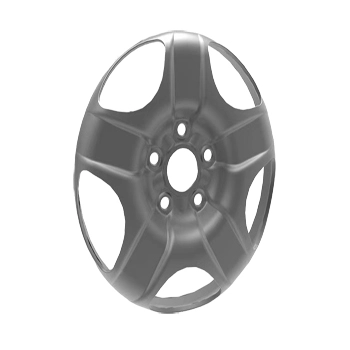
High hole expansion steel is a specialized type of steel primarily utilized in automobile rear axle suspension and other similar applications where exceptional flanging performance is required. This steel can be classified into two categories based on its structure: low carbon ferritic high hole expansion steel and ferrite + shellfish Fensite (FB) dual-phase high-hole expansion steel. As numerous automotive components require punching and flanging, the steel plate's structure significantly affects the hole reaming and flanging performance. Studies have demonstrated that a single microstructure offers better hole reaming and flanging performance, and the steel plate's hole reaming and flanging performance improve with a lower hardness difference between the two phases (such as F+B).
This steel is utilized in various automotive applications, such as swing arms, rim spokes, and chassis components, as well as in components that require reaming or flanging.

High hole expansion steel is a specialized steel primarily used in automotive applications that require exceptional flanging performance, including rear axle suspension. This steel comes in two categories based on its structure: low carbon ferritic high hole expansion steel and ferrite + shellfish Fensite (FB) dual-phase high-hole expansion steel. Since many automotive components require punching and flanging, the steel plate's structure has a significant impact on its hole reaming and flanging performance. Studies have revealed that a single microstructure provides better hole reaming and flanging performance, and a lower hardness difference between the two phases (such as F+B) improves the steel plate's hole reaming and flanging performance. This steel finds application in various automotive parts, including swing arms, rim spokes, chassis components, and components that necessitate reaming or flanging.
Our company: Hengqiao(Shanghai) International Trading Limited
The company's main business is general GMW standard, Fiat EFE standard, Volvo VDA standard, Nissan NEN standard, Volkswagen VW50065, Ford WSS-M and other standard series of automotive steel.
Looking forward to your inquiry!